
Tour Focuses on Chinatown Modernism
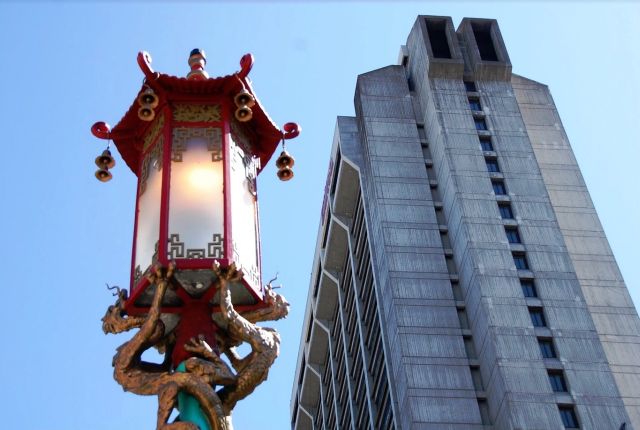 |
|
|
All too often, the history of modern architecture comes across as an oft-told tale featuring the same cast of characters. Walter Gropius, Eero Saarinen, Mies van der Rohe, Joe Eichler. All worthies, to be sure.
But where are the women? The ethnic minorities? Folks who aren’t European or Americans with ancestry on that continent?
Docomomo, an international group that promotes modern architecture, plans to change that focus in October with a series of tours and talks put on nationwide by its regional chapters. Most events take place October 12, but some take place on other dates during the month.
Besides focusing on diversity among the architects, the events also focus on diversity within the architecture itself, or “lesser known themes in modernism,” according to Hannah Simonson, who will co-lead the Docomomo tour in San Francisco. Such variants of modernism as Brutalism and Art Deco will be featured in tours nationwide.
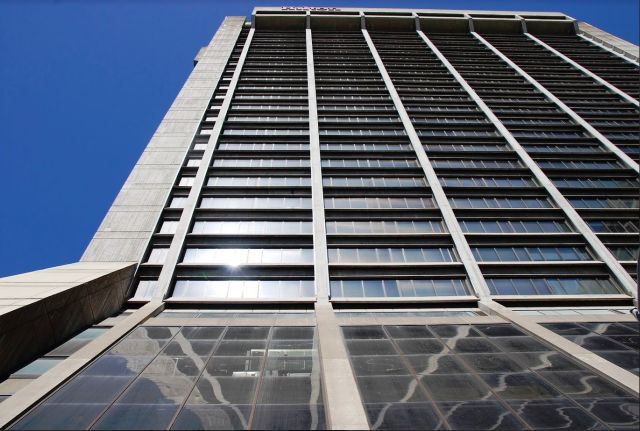 |
|
|
The theme, 'Diversity of Modernism,' will be reflected in such events as:
· In Los Angeles, 'UNDER / REPRESENTED: A Conversation about Diversity in Modernism,' that will focus on the work of African-American architect Paul R. Williams, inside one of his buildings, the Founder's Church of Religious Science, as well as the work of architects Gin Wong, Norma Sklarek, and Robert Kennard.
· The work of mid-century modern residential architect Alan Y. Taniguchi in the town of Harlingen, Texas.
· In Portland, Oregon, diversity will even extend to the pre-modern era with a tour titled, 'Well Behaved Women Seldom Make History.'
Its description: “Janice Dilg of History Built Historical Consulting will lead participants on a diversity walking tour through the heart of downtown Portland, highlighting women and associated sites that predate the modern era. Since the downtown area is also rich with modern era resources, attendees will be given a visual document that situates the women and sites being discussed in juxtaposition to the modern era resources.”
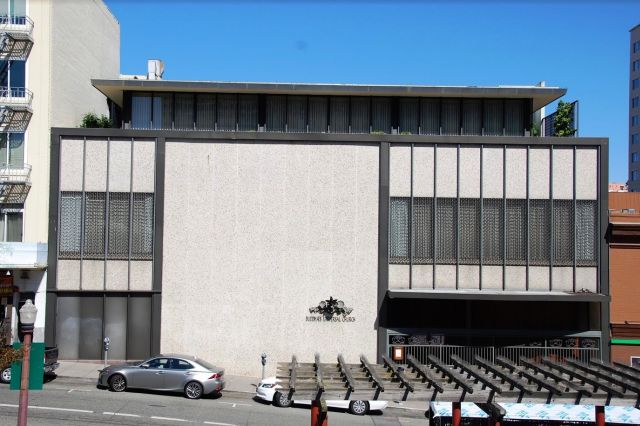 |
|
|
The Northern California chapter of Docomomo will take participants (up to 35; sign up now) on a tour through Chinatown in San Francisco to view buildings and places that many tourists rarely consider – or at least, not as works of art.
“Chinatown is mostly associated with Chinese-inspired architecture, mostly looking to the past,” Simonson says. “But modernist buildings in Chinatown play an interesting role in the development of Chinatown. Some were designed by Chinese, or Chinese-American architects. And other sites highlight the role of community activists in Chinatown.”
The 90-minute tour, which requires advanced tickets, starts at Portsmouth Square on Saturday, October 12 at 11 a.m. Simonson and co-leader Justin Greving have been developing it with other members of the group – and say it might be repeated in the future.
Information on the tour along with photos will be posted on the Docomomo Noco website once the tour is finished.
“The most iconic spots are right at the start, at Portsmouth Square,” says Simonson, an architectural historian who works for Page & Turnbull. She helped develop award-winning design guidelines for Eichler homes in Palo Alto and Orange.
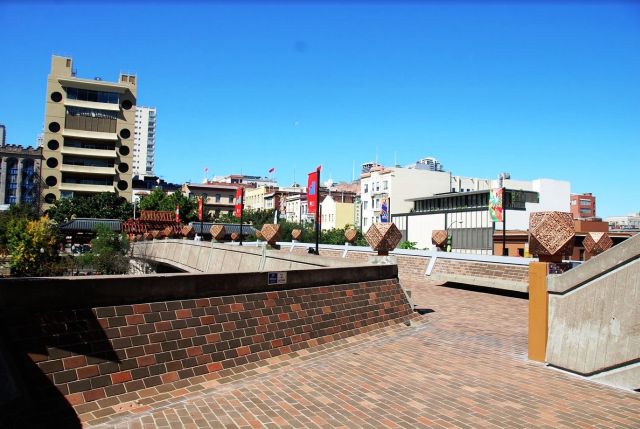 |
|
|
Portsmouth Square is where the city got its start, and has always been a central feature of Chinatown as the enclave developed. In the 1960s it was completely rebuilt, with a parking structure below and a popular park above. The park was designed by the modern landscape architect Robert Royston and his firm.
It will be a great spot for Simonson and Grieving to discuss the development of Chinatown, Simonson says.
Next door, and connecting to the park via a pedestrian bridge, is the massive concrete hulk of the Hilton Hotel, originally a Holiday Inn.
“It’s fun to talk about because there were two competing concepts for the hotel,” Simonson says, “from [architect] Clement Chen and Campbell & Wong. Worley Wong and Chen are Chinese American architects. Chen’s concept was pursued.”
Chen, not as well known today as Campbell and Wong, was a stalwart of the modern movement in the Bay Area during the mid-century. He also designed affordable housing in San Francisco’s Diamond Heights.
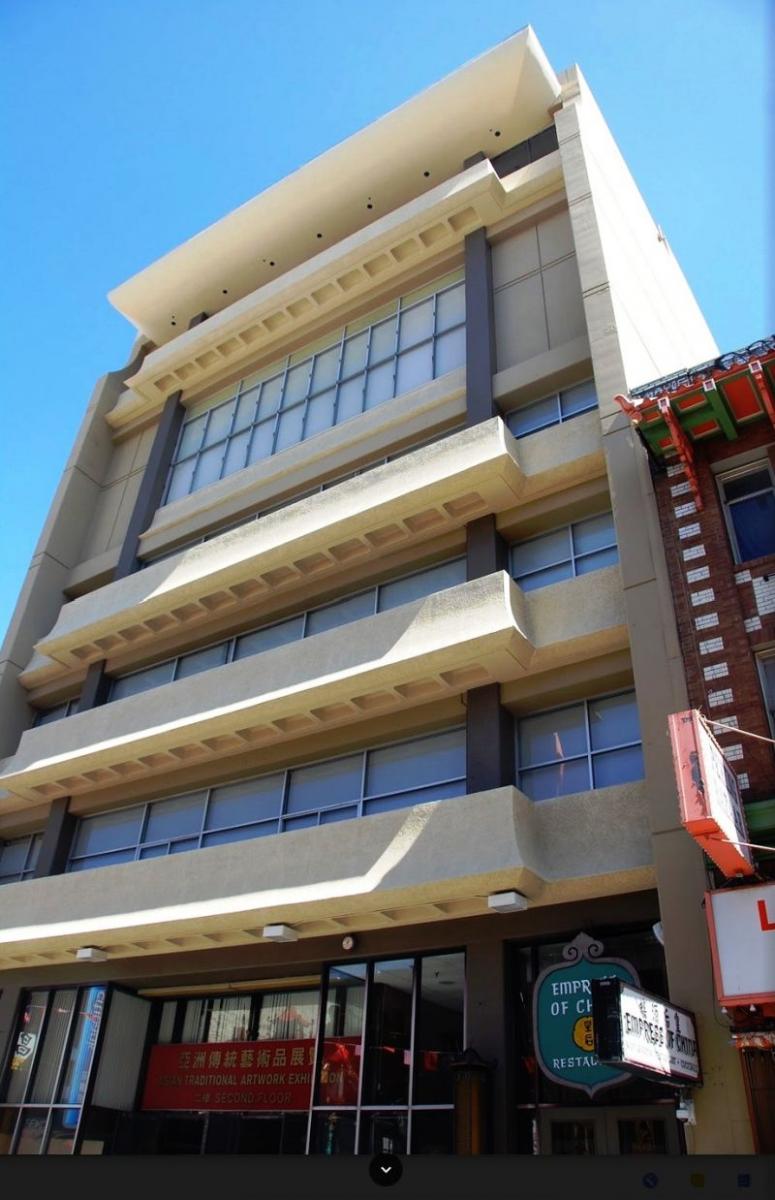 |
|
|
“750 Kearney is one of those interesting sites, a Brutalist building that’s maybe a little bit polarizing,” she says of the hotel. “I think it has strong massing, and textured raw concrete. Many people find it maybe a little oppressive, but I think part of Docomomo’s mission is to talk about the concepts behind these styles.”
Another importance of the hotel is the way it illustrates how community action played a major role. Simonson and Grieving will discuss the local activist J.K. Choy, who successfully lobbied for the inclusion in the hotel of the Chinese Cultural Center.
Also on the tour will be a Worley Wong design, the Buddha’s Universal Church. “It has this cool, curving entrance,” Simonson says. “The building is clad in wood and precast rough aggregate concrete and a metal screen. It has a beautiful and tranquil inner courtyard,” that she hopes the tour can visit.
One other building on the tour is not modern at all but an early 20th century building that has a longtime gift and craft shop, today called the Bargain Bazaar. It’s a way of expanding the topic beyond architecture intro related crafts, Simonson says.
“Jade Snow Wong was a modern ceramicist who displayed her wares here,” Simonson says, “an interesting character who did really beautiful ceramic pieces very much in the modernist vein but that harken back to more traditional techniques and color palette.”
- ‹ previous
- 593 of 677
- next ›



